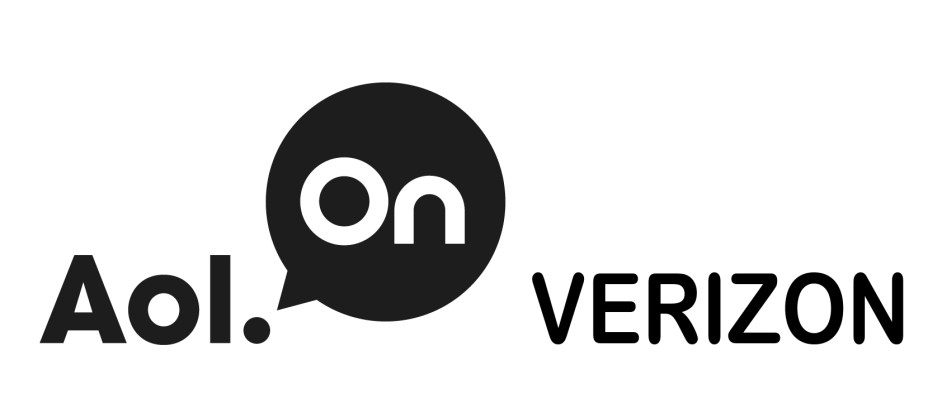
So this just happened. AOL, owner of TechCrunch, is getting acquired: U.S. carrier Verizon said in a statement that it is buying the company for $4.4 billion, or $50 per share. We’ve just been sent an internal memo about the deal that we are embedding below.
AOL will become a subsidiary of Verizon as part of the deal, overseeing a bigger push into content and mobile video by Verizon.
“Verizon’s acquisition further drives its LTE wireless video and OTT (over-the-top video) strategy,” the carrier said in a statement.
In addition to original content across different platforms like video and written word, and desktop and mobile, there are other assets that could be interesting fits for Verizon.
For starters, AOL has been building up a programmatic advertising business to build up how AOL monetizes alongside newer formats like video and mobile. Currently that business — which is the fastest growing operation at AOL in terms of revenues — is split between ads on AOL-owned sites and third-party sites. Verizon picking this up could potentially further build out both, with the company partnering with the likes of ESPN to develop content and also giving the AOL-owned properties potentially much bigger audiences.
The other area of AOL’s business that is a fit for Verizon is the company’s still-lingering dial-up business, which is remains a big revenue generator for AOL, last quarter pulling in $182.6 million.
That may be a decline of 7 percent compared to a year ago but, as a business that gets almost no investment but continues to run, membership (where the dial-up business sits) is still a majority of the company’s operating income. Verizon could potentially tap these customers for potential switch to broadband and other services on top of that, an area where AOL hasn’t really innovated on its own.
If you recall there were rumors earlier this year that Verizon was eyeing up the company. While Verizon appeared to dismiss the reports at the time, it turns out that it was definitely interested after all.
For what it’s worth, we’d heard the same about Verizon being interested but that there were some sticking points about whether it would buy only a part or all of AOL, which appear to have been put to one side for now.
“The deal means we will be a division of Verizon and we will oversee AOL’s current assets plus additional assets from Verizon that are targeted at the mobile and video media space. The deal will not change our strategy – it will expand it greatly. The deal will give our content businesses more distribution and it will give our advertisers more distribution and mobile-first features. The deal will add scale and it will add a mobile lens to everything we do inside of our content, video, and ads strategy,” Tim Armstrong, AOL’s chairman and CEO, said in the memo.
There are lingering questions about whether it’s an all-in deal for the longer term, or whether certain operations that are not as central to Verizon’s bigger strategy may eventually get offloaded.
AOL will be having an all-hands at 10am Eastern time this morning and we’ll report what comes up there, too.
Armstrong will continue to head up AOL after the deal is completed.
Read More
Comments
Post a Comment